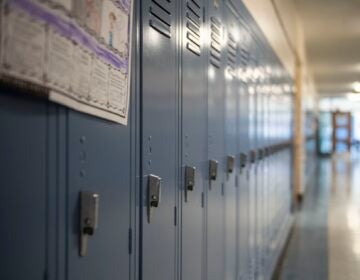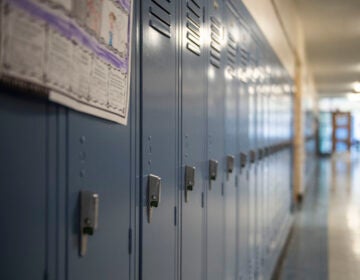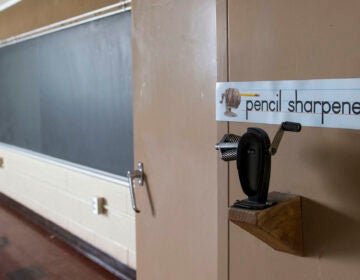Many Pa. school districts are passing up free coronavirus testing even after a rise in cases
Officials offered different reasons for the lack of participation, including fear of finding too many cases and simply being too overwhelmed by a chaotic start to the year.
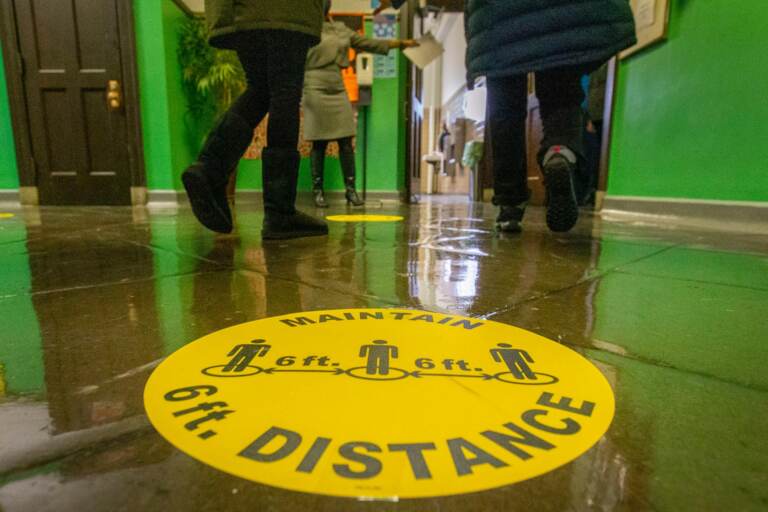
A marker on the floor of a school hallway reminds students to physically distance. (Alejandro A. Alvarez/Philadelphia Inquirer)
This story originally appeared on Spotlight PA.
Even after COVID-19 cases rose among children and district leaders worked to contain outbreaks among students, Pennsylvania schools have been slow to opt into a multimillion-dollar Wolf administration program providing free weekly testing.
Just 396 schools signed up between mid-August and Sept. 30, according to the Pennsylvania Department of Health. That’s out of more than 5,000 charter, private, and public schools statewide.
Within that total, 60 of Pennsylvania’s 500 public school districts are represented — up from only 30 as of Sept. 14. Districts in Philadelphia and several of its collar counties are participating in a separate testing program.
Wolf administration and school officials offered different reasons for the lack of participation, including fear of finding too many cases and simply being too overwhelmed by a chaotic start to the academic year.
“Any reluctance on the part of the schools may be because we need to continue educating them on the availability of it,” acting Health Secretary Alison Beam said during a recent news conference. “And of course, we’ve tried, ad nauseam, to make sure schools are aware of it.”
After schools abruptly closed in March 2020, most Pennsylvania students spent the months that followed learning, at least part time, at home. Multiple studies have shown that students across the country fell behind in reading and math because of the pandemic, with those attending low-income schools experiencing greater setbacks in test scores compared with wealthier peers.
This year, the priority was to reopen schools and make up for valuable classroom time that was lost. But a return to in-person learning has brought its own challenges, compounded by the implementation of a statewide mask mandate issued days into the new academic year.
Leaders have spent “tremendous amounts of time and energy” navigating the order, according to Mark DiRocco, executive director of the Pennsylvania Association of School Administrators.
Schools across the state have also been dealing with sudden COVID-19 outbreaks, he said, and the responsibility of contact tracing — the process of notifying people who may have been exposed to someone infected with the coronavirus — has also fallen to school staff.
Testing might be a useful tool, but it’s also one more logistical hurdle to manage.
“I can understand very easily how this would have been put on the back burner,” DiRocco said.
The state Department of Health hired Boston-based Ginkgo Bioworks in July to administer the testing program. Even though case counts were relatively low at the time, Beam told lawmakers the testing program was key to preventing outbreaks in schools.
The agency estimated that the yearlong, federally funded program would cost $87 million, though that number could change depending on how many schools participate, a Health Department spokesperson said.
Students and teachers who choose to participate are typically tested weekly. Each person swabs their own nostril, and the samples from each classroom are mixed together in a process called “pooled testing.” Results are returned in one to two days, and show whether the virus is present among that group of people. If the result is negative, it’s unlikely that anyone in that group is sick. If the pooled test is positive, it’s possible that someone in that group has COVID-19.
From there, school leaders can decide whether to recommend additional testing or quarantine.
Getting students back to class was the priority for many of the Pennsylvania schools Ginkgo met with as the program was introduced in late August, said program lead Karen Hogan.
Some school leaders have expressed concerns that if they start testing, they’ll find more cases of COVID-19 than they expected and be forced to take additional mitigation steps, like closing schools.
But that’s not what the data show, Hogan said. In fact, many districts are reporting lower than expected rates of infection, and it’s helping to show that the mitigation strategies they are taking are working.
“One of the most important things is that the granular level of data you can get in a school community is going to be super important to help us figure out, over time, how we can relax mitigation strategies,” Hogan said.
The state Department of Health would not release a list of participating districts or schools to Spotlight PA, but a spokesperson said that the information will eventually be posted on the department’s website.
Spotlight PA independently identified Pittsburgh Public Schools, the state’s second-largest district with about 21,400 students, as one of the districts participating in the program. On-site testing for unvaccinated staff was scheduled to begin the week of Sept. 26, and plans for student testing will be announced once they are completed, a district spokesperson said.
Mount Lebanon School District, which is in the southern suburbs of Pittsburgh and serves about 5,300 students, is also participating, according to a spokesperson. So far, about 12% of the combined student and staff population has signed up to participate in the first round of testing, which was scheduled to start the week of Oct. 3.
Outside of the state program, many districts in Southeastern Pennsylvania have partnered with the Children’s Hospital of Philadelphia PolicyLab to participate in Project ACE-IT, a free, school-based testing program that was developed last fall and launched in January.
The School District of Philadelphia, the state’s largest district with about 124,000 students, is using Project ACE-IT to run several school-based testing programs, including required testing for students participating in contact sports or performing arts groups, like band and choir.
Across Chester, Delaware, and Montgomery Counties, 43 school districts — plus several technical schools, intermediate units, and private schools — are also using Project ACE-IT, said director of implementation Maggie Eisen.
Eisen didn’t anticipate a strong interest in the program this fall. But, as many schools faced unexpected outbreaks fueled by the highly contagious delta variant, more signed up to participate.
“It’s really been very, very busy over the past month with people wanting to get up and running at the eleventh hour,” she said.
From Aug. 26 to Sept. 1 — the first or second week of the school year for many districts — 4,043 cases were reported statewide among school-age children 5 to 18 years old, state data show. Since then, the number of new cases has increased week over week, reaching 7,352 new cases reported Sept. 22 to Sept. 28.
There are more than two million students enrolled in Pennsylvania’s public and private schools.
Using past data to predict how the virus will spread in schools is difficult, said Abby Rudolph, an epidemiology and biostatistics professor at Temple University. Last year, schools were closed, vaccines weren’t available, and the delta variant had yet to emerge.
Any amount of testing in schools could help monitor how well efforts like masking and distancing are working, she said, and catch outbreaks before they are widespread.
“In order to be able to operate in person, which they weren’t doing to the same extent last year, you need this extra safety precaution to just keep a check on things and make sure it doesn’t go undetected,” Rudolph said.
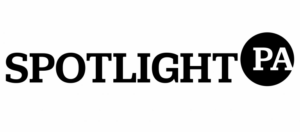 Spotlight PA is an independent, non-partisan newsroom powered by The Philadelphia Inquirer in partnership with PennLive/The Patriot-News, TribLIVE/Pittsburgh Tribune-Review, and WITF Public Media.
Spotlight PA is an independent, non-partisan newsroom powered by The Philadelphia Inquirer in partnership with PennLive/The Patriot-News, TribLIVE/Pittsburgh Tribune-Review, and WITF Public Media.
WHYY is your source for fact-based, in-depth journalism and information. As a nonprofit organization, we rely on financial support from readers like you. Please give today.


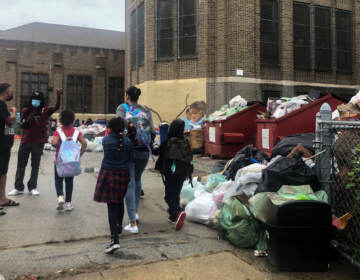
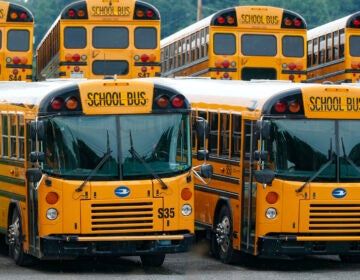
![CoronavirusPandemic_1024x512[1]](https://whyy.org/wp-content/uploads/2020/03/CoronavirusPandemic_1024x5121-300x150.jpg)
